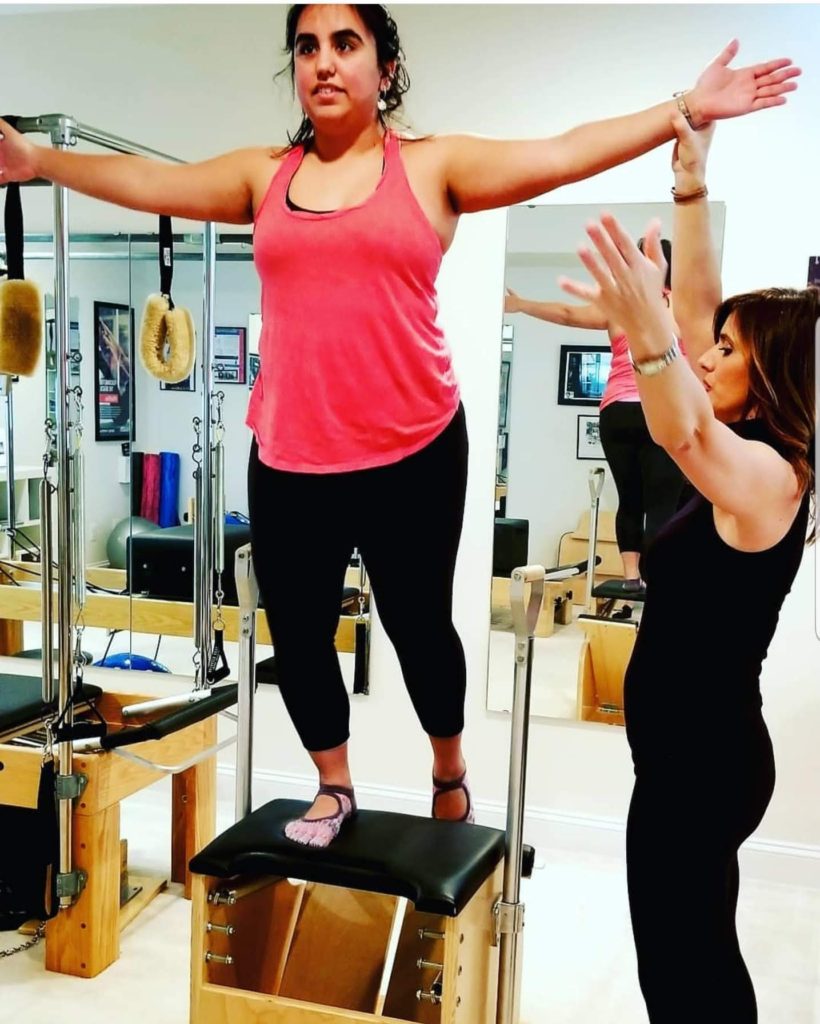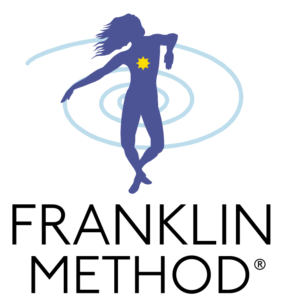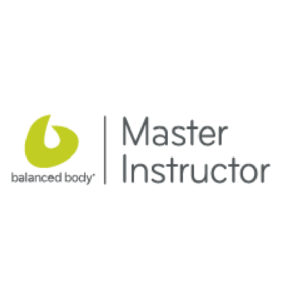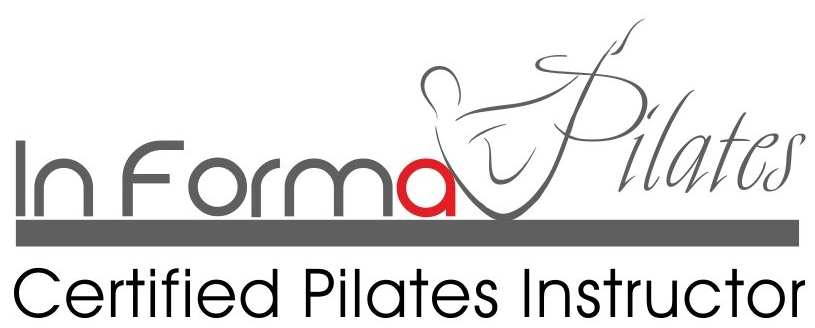PILATES
At first it was Contrology
Originally known as Contrology to emphasize the control of the mind over the body, this method was later called Pilates to identify it with the name of its creator. Joseph H. Pilates was born in Germany in 1880. In 1912 he moved to England where he started working as a circus performer and a boxer. Shortly after being placed in an internment camp during World War I, he began developing the floor exercise sequence that eventually evolved into what today is recognized worldwide as the Pilates Mat work.
As time went by, he used his deep knowledge of the human body to rehabilitate the detainees who were suffering from diseases and injuries as a result of the war. Not having much as a prisoner, he used the few things that were available to him, such as bed springs and beer keg rings to create resistance tools that would help his fellow prisoners to speed up their recovery. Pieces of Pilates apparatus like the Reformer and the Cadillac were born later thanks to his ingenious ideas.
After the war, Pilates went back to his motherland where he briefly worked for the Hamburg Military Police teaching self defense and physical training. However, when in 1925 he was asked to train the new German army, he decided to move to the United States due to his disapproval of the new regime. During the boat trip to New York he met Clara, the woman he later married and who worked by his side until his death in 1966. From 1926 till 1966, Joseph Pilates trained a large number of students. Some of them became teachers themselves, and they are often referred to as the Pilates Elders. Romana Krysanowska, Mary Bowen, Ron Fletcher, Eve Gentry, Kathy Grant, and Lolita San Miguel, to name a few, carried on Joseph Pilates legacy and contributed to making the Pilates Method known and appreciated all over the world.
The six principles
- Breathing. Correct breathing oxygenates the blood, increases circulation, and facilitates and enhances movement. As a general rule, we inhale through the nose to initiate a movement, and we exhale through the mouth to execute it.
- Concentration. We need to concentrate on each movement our body performs. We cannot allow our mind to lose focus. We need to direct our body through the exercises and pay attention to the form so that movement is efficient and functional.
- Control. Every movement we perform should be precisely calculated and planned so that any risk of injury is reduced.
- Centering. Our center, the powerhouse or the core, is the foundation for all our movements.
- Precision. We should not focus only on executing an exercise but performing it as close to perfection as we can to fully benefit from it.
- Flow. In our daily life, movements are connected one another. In the same way, Pilates exercises should flow from one to another to promote balance, control, and coordination.
The benefits of Pilates
The method focuses on the muscles of the powerhouse or the core, the area between the bottom of the ribcage and the line across the hips. These muscles are responsible for correct posture and safe movement. The method engages both superficial and deep muscles so that the entire muscular system gets a balanced workout. It allows the overused muscles to disengage, giving them a break while weaker, less utilized muscles are strengthened.
Commiting to a consistent Pilates regimen will result in:

Get Started with Pilates Today



